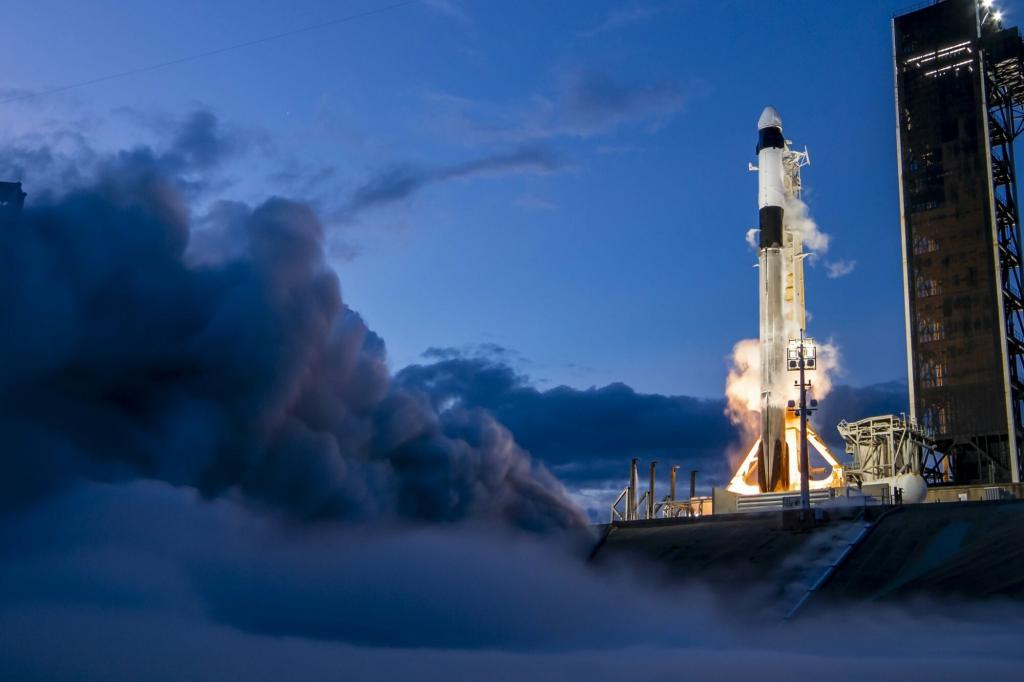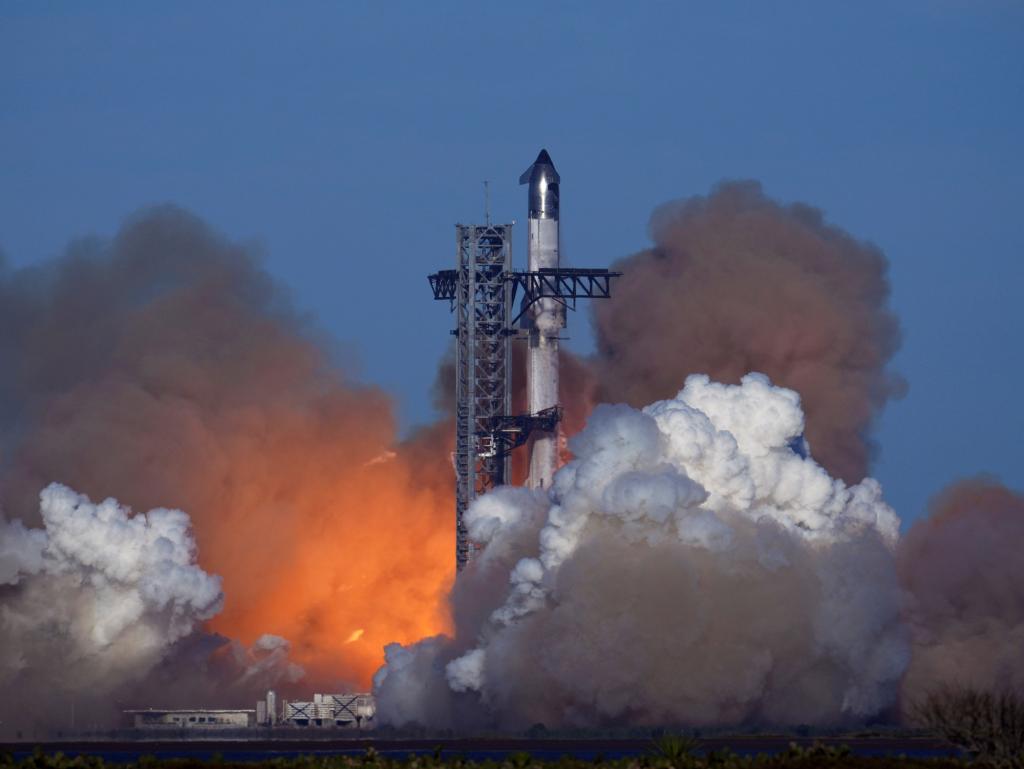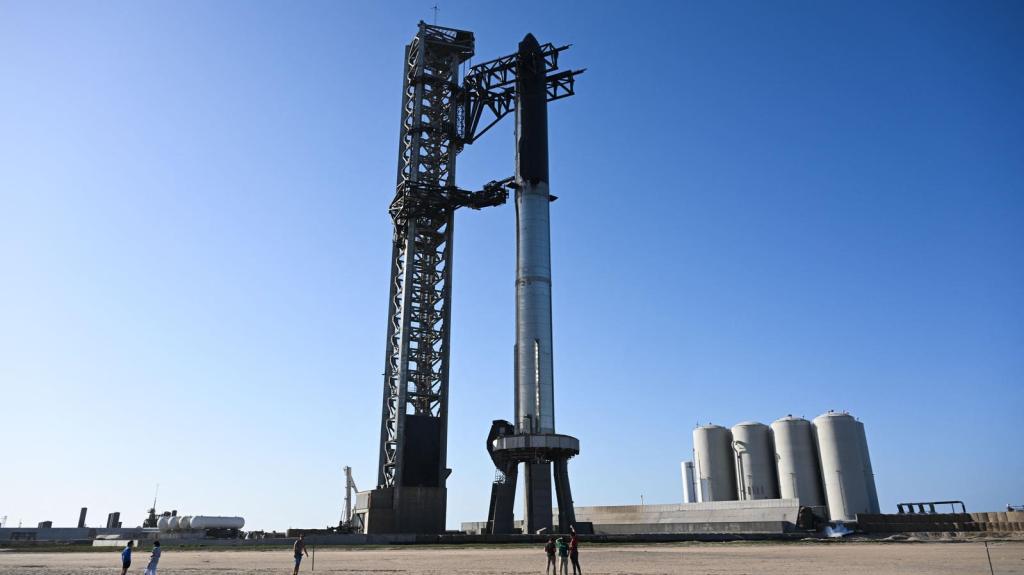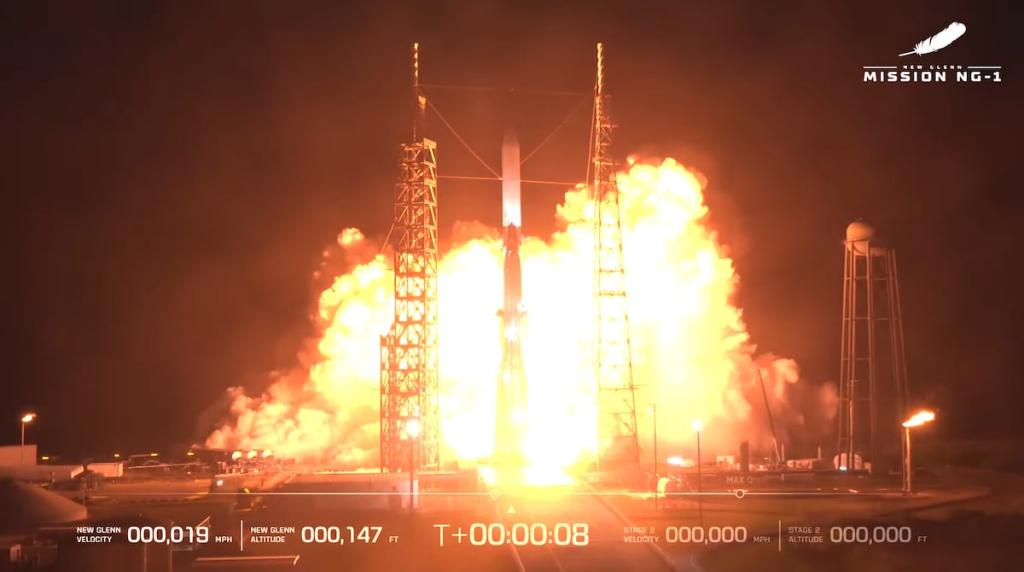Polaris Dawn Mission Aims for Historic First Commercial Spacewalk
The Polaris Dawn mission sets to achieve the first-ever commercial spacewalk, marking a groundbreaking moment in civilian space exploration.

Key Points
- The Polaris Dawn
mission aims to achieve the first-ever commercial spacewalk while reaching an unprecedented altitude of 870 miles above Earth.
- Led by billionaire Jared Isaacman
, the mission involves significant scientific research and the testing of new Extravehicular Activity suits designed for spacewalks.
- This mission represents a new era in space exploration, highlighting the growing role of private companies in advancing human space travel.
In a remarkable leap towards the future of space exploration, humans are preparing to embark on a journey that redefines what it means to venture into the cosmos. The Polaris Dawn mission, set to launch on August 27, 2024, promises not only to break altitude records but also to execute the first-ever commercial spacewalk. Spearheaded by billionaire Jared Isaacman and a crew of highly trained civilians, this mission exemplifies how private enterprises are reshaping our approach to exploring the final frontier.
A Historic Launch on the Horizon
Scheduled for liftoff from NASA’s
in Florida at 3:38 AM ET, the Polaris Dawn mission will utilize
's
rocket to transport its four-member crew to an altitude of approximately 870 miles—eclipsing the previous records set during the Apollo missions. The team, consisting of Isaacman, retired Air Force Lt. Col. Scott “Kidd” Poteet, and SpaceX engineers Sarah Gillis and Anna Menon, will aim to expand the bounds of civilian space travel.

The Ambitious Objectives of Polaris Dawn
One of the mission's standout features is the planned commercial spacewalk. Unlike traditional missions that utilize airlocks for astronaut excursions, Polaris Dawn will expose the entire Dragon capsule to the vacuum of space during the procedure. This means that each crew member will wear SpaceX's new Extravehicular Activity (EVA) suits, designed specifically for this venture.
The suits have undergone extensive testing and will play a pivotal role in ensuring crew safety during the unprecedented spacewalk. Menon expressed confidence in their functionality, stating, “We absolutely know the suits can pressurize there”. This careful preparation is critical, as the EVA suits represent a significant advancement in spacewear capable of meeting the challenges of deep space.
Scientific Research and Technological Advancements
Beyond the groundbreaking spacewalk, Polaris Dawn is a crucial mission for scientific advancement. During their five-day journey, the crew will participate in approximately 36 research studies focused on understanding human health in the context of long-duration spaceflight. The mission aims to gather valuable data that can inform future explorations to the Moon, Mars, and beyond.
The Polaris Dawn team will also test SpaceX's
laser-based communications system in space for the first time. This innovation could revolutionize how astronauts communicate with mission control, enhancing connectivity during critical moments in future missions.
Facing the Challenges Ahead
However, the Polaris Dawn mission is not without its risks. The crew will face increased exposure to radiation as they ascend, particularly while crossing the South Atlantic Anomaly—an area where the Earth's magnetic field is weaker and radiation levels spike. With no airlock to protect them, precautionary measures are paramount. As Isaacman put it, “there is always a calculation of risk”, underlining the complexities involved in pushing the boundaries of commercial space travel.
The Impact of Private Sector Space Missions
The Polaris Dawn mission is a testament to the new era of space exploration, marked by the growing involvement of private companies like SpaceX. Traditional space programs predominantly included government agencies, but now, commercial organizations are taking center stage. This shift not only offers exciting possibilities for individual space travel but also sparks a competitive environment that could drive innovation and lower costs for future missions.
Looking to the Future
Isaacman is optimistic about the implications of the Polaris Program, stating his desire for future generations to witness humankind exploring the Moon and Mars. “We have not even scratched the surface. There is so much out there to explore and discover”, he remarked, embodying the spirit of adventure that drives these pioneering missions.
As Polaris Dawn prepares for its historic launch, the world watches closely. The mission not only symbolizes the efforts of human exploration but also exemplifies how private enterprises can collaborate with public endeavors to create groundbreaking opportunities. Each step taken by this crew is a stride toward a future where space travel is accessible, bringing humanity one step closer to becoming a multi-planetary species.


